Filasttruder를 사용하여 마스크를 재활용하는 방법
마스크 COVID-19의 확산에 대한 첫 번째 방어선, 감염원의 흡입 및 전염을 방지하기 위해 설계된 간단한 장치는 전 세계 수십억 명의 삶에 영향을 미쳤습니다.
전 세계적인 유행병이 시작된 이래 안면 마스크의 사용은 필수였고 많은 경우에 의무였지만, 그들이 한 모든 좋은 일에도 불구하고 마스크의 제거는 더 즉각적인 조치를 위해 대체로 무시되어 온 기념비적인 생태학적 도전을 나타냅니다. 우려 사항 . 매달 전 세계적으로 약 1,290억 개의 호흡보호구가 사용된 것으로 추정되며, 대부분은 일회용으로 설계되었습니다. 마스크가 분해되는 데 400년 이상이 걸릴 수 있으므로 이 개인 보호 장비(PPE)가 환경에 미치는 영향을 완화하는 것은 대규모 과제입니다.
유엔 무역 개발 회의에 따르면 마스크 및 기타 전염병 관련 폐기물의 약 75%가 결국 매립되거나 바다에 떠다니게 될 것입니다. 기존 시스템으로는 소각하거나 재활용할 수 없으므로 정확히 어떻게 해야 합니까?
영국 브리스톨 대학교 연구팀이 해결책을 찾은 것 같습니다. . 이니셔티브의 기본 아이디어는 수술용 마스크를 수집하고 이를 3D 프린팅 재료, 즉 필라멘트로 변환하는 것입니다.
첫 번째 테스트에서 팀은 불량 마스크 1kg을 공급한 PPE 제조업체에 연락했습니다. (느슨하거나 없는 코 지팡이) 폴리프로필렌 유형으로 제작됨 IIR 무료로. 마스크는 EN14683:2019 Type IIR 표준을 준수하는 인증된 수술용 제품이었습니다.
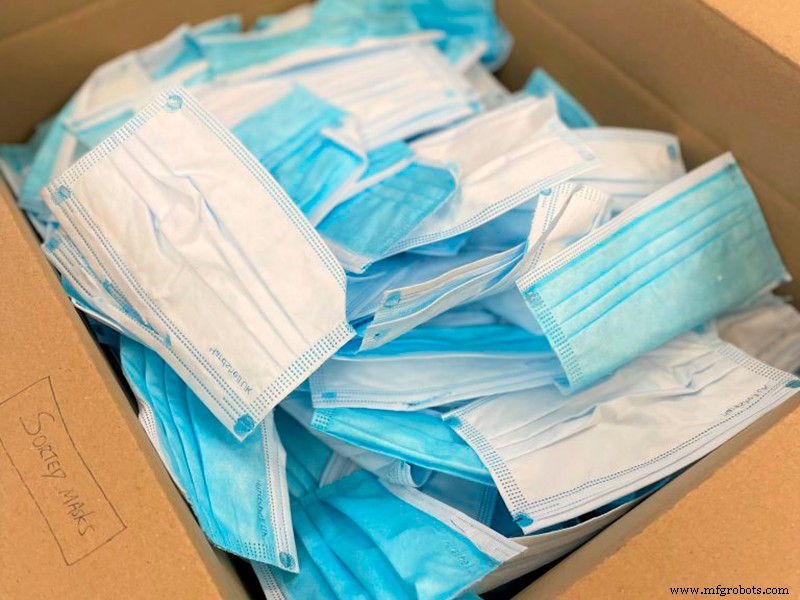
이미지 1:프로젝트를 위해 제공된 마스크. 출처:브리스톨 대학교
이 과정의 첫 번째 단계는 귀에서 탄성 스트립과 코에 있을 수 있는 금속 호일을 제거하는 것 이상으로 두 장의 붙지 않는 종이 사이에 있는 마스크 더미를 다리미로 가열하는 것입니다.
<강> 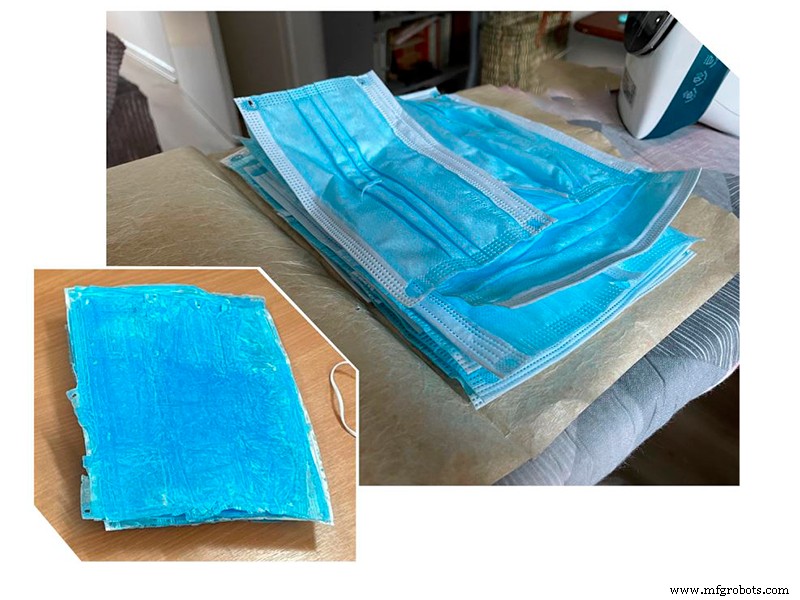
이미지 2:시트로 변한 마스크. 출처:브리스톨 대학교
이렇게 하면 단단한 시트로 녹아듭니다. 작업하기가 훨씬 쉽고 연삭기의 막힘을 방지합니다. 결과 시트는 블렌더를 통과하여 미세한 펠렛을 생성합니다. 압출 공정에 적합한 파란색 폴리프로필렌입니다.
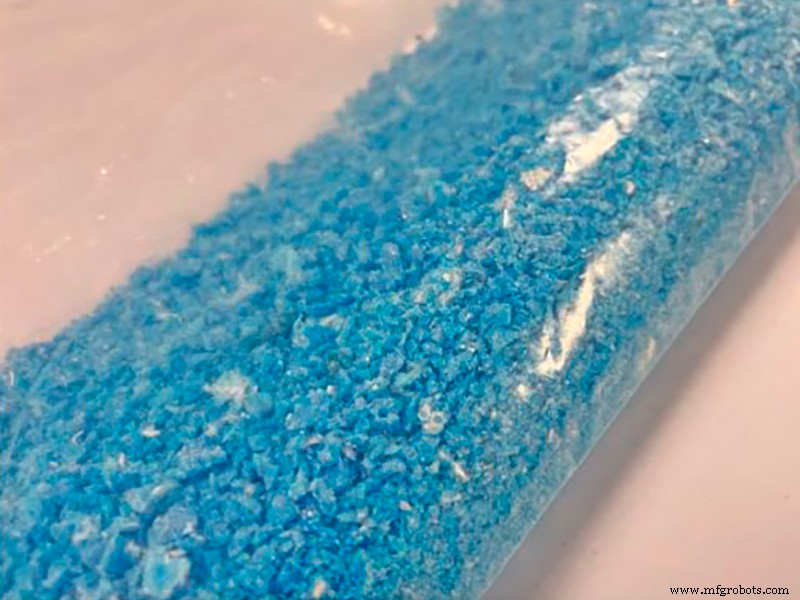
이미지 3:생성된 알갱이. 출처:브리스톨 대학교
Before moving on to the next step, it is necessary to clarify that the masks are subjected to high temperatures which the researchers consider sufficient to kill possible COVID-19 bacteria and disinfect the material. However, the ones they used in the project had not been used previously.
In the third step, the pellets end up in the machin e (a wire drawing machine) that turns them into filaments . To convert the mask material into the filament needed for a 3D printer, the researchers used Filastruder, an open source product that is constantly evolving thanks to the community of users who share their designs and configurations.
<강> 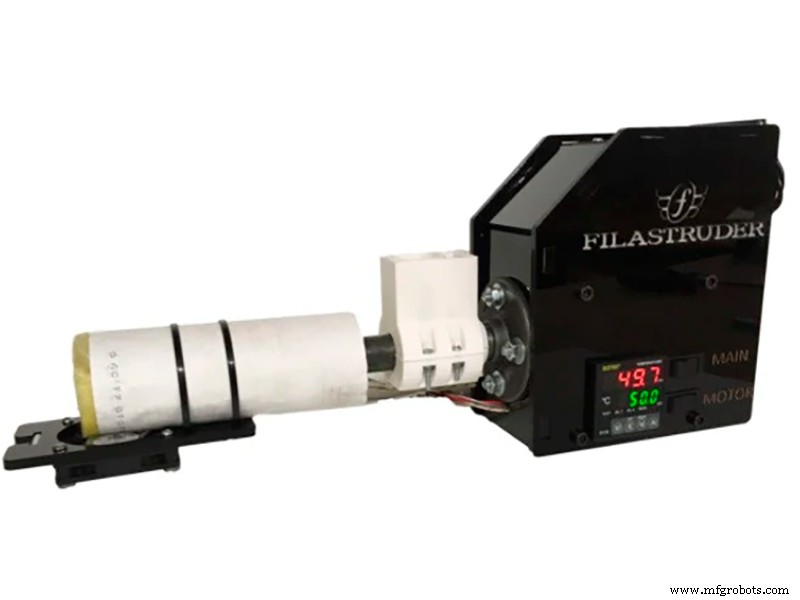
Image 4:Filastruder. Fuente:Filastruder.
The Filastruder is capable of producing filament on demand in the right colour and size for any 3D project. Its operation is simple, just set the desired extrusion temperature, wait until it is reached in the extruder, add the pellets and dyes in the chosen hopper (it can even be a plastic bottle) and turn on the gear motor to start the extrusion . To carry out the winding of the filament and facilitate its subsequent processing with a 3D printer, the ideal option is to use the Filawinder; designed especially for Filastruder users, which automatically winds the filament coming out of the drawing machine.
<강> 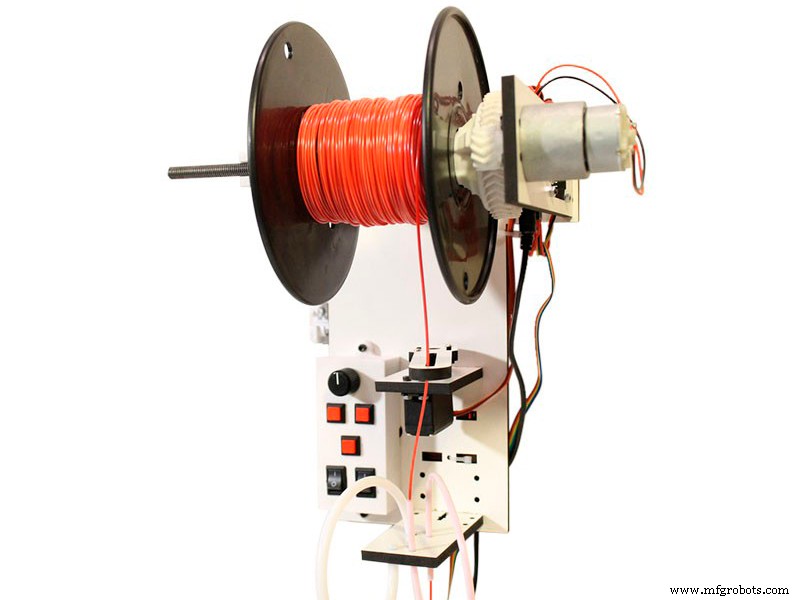
Image 5:Filawinder. Source:Filastruder.
It is advisable to place the Filastruder at a height of 1.5 m and let the filament hang down from there, so that it cools down before it touches the ground. The Filastruder should not be placed in a place where there are drafts, as these would cause the filament to oscillate and deform.
In this case, the team chose to mount the machine vertically and print a hopper to work in this position. The nozzle reached 170 °C and the pellets that passed through it were converted into filament. The team noted that in the first test the filament had only had an average diameter of 1.5 mm, but the results indicated that with further refinement it was be possible to achieve the standard 1.75 mm diameter, within a reasonable tolerance , so the nozzle was modified (drilled from 1.75 mm to 1.9 mm) and a more powerful feed mechanism was developed to get closer to the target diameter. Still, by activating the extrusion multiplier in the slicing software, the team was able to successfully print objects using the thin polypropylene filament.
<강> 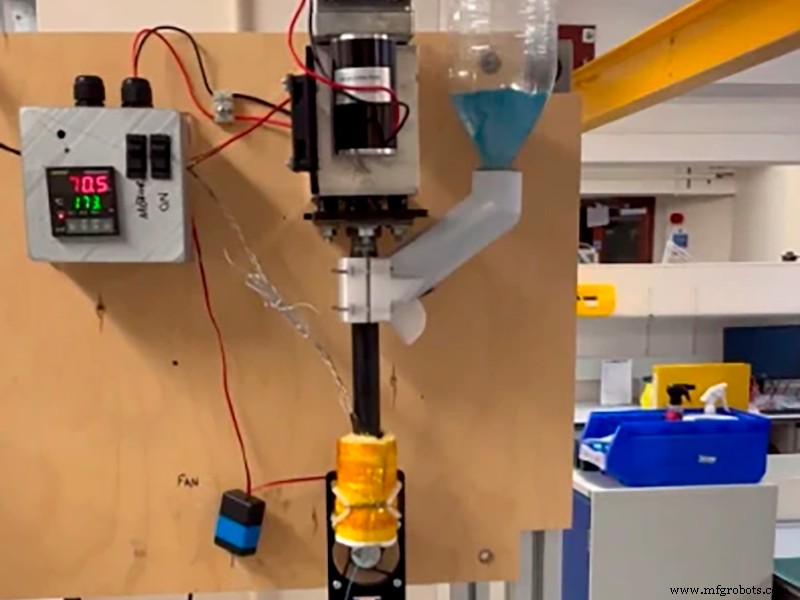
Image 6:Vertical mounting. Source:University of Bristol.
Polypropylene (PP) is notorious for being difficult to 3D print , as it does not adhere well to common printing surfaces. However, it does have good adhesion between layers. The trick employed by these scientists was to use normal transparent tape over the base, as it is often also made of PP. Using this method, it was very easy to 3D print with their limited rudimentary stock of filament on a low-cost 3D printing machine. It follows that the problems currently lie in the production of the filament and not in 3D printing with it.
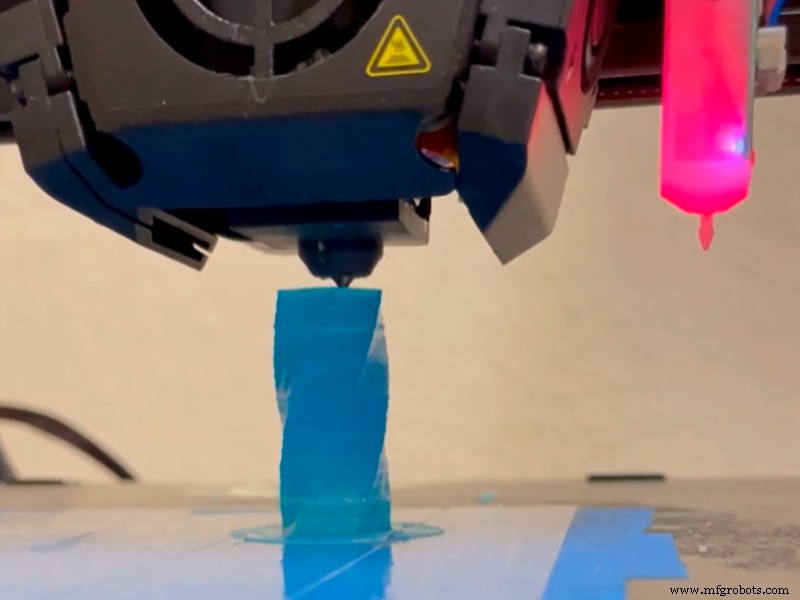
Image 7:Resulting piece. Source:University of Bristol.
The filament obtained , which is wound up, reached 7 metres in length . The piece of material that can be seen in the images provided by the University of Bristol is the result of transforming less than a third of an entire mask into filament.
Having achieved this result, the researchers are now looking at new challenges, such as the possibility of processing mixed materials by treating the mask with the handles in the same process. They also question whether the work can be automated on a large scale or whether universities would be able to create their own circular economy and oversee the distribution, collection and recycling of PPE.
Projects like the one at the University of Bristol can also be found in Spain.
For example, a group of scientists at the Universitat Politècnica de Catalunya (UPC) have devised a system for designing a mask created from used anti-covid masks . The mask has layers of recycled polypropylene fibre from discarded and properly sterilised surgical masks. A protective layer of silver oxide and cerium nanoparticles is also included, due to their antiviral and antibacterial function. The aim is to obtain a product that is protective, functional, innovative and sustainable. The recycling of used and discarded face masks begins with their autoclave sterilisation. The material is then granulated in such a way that polypropylene pellets are obtained for further processing and use to create a plastic filament which, using a 3D printer, results in a new mask. A protective coating with cerium oxide ions and silver can be applied to the printed mask, which increases its antibacterial protection. In addition to being reusable, the masks produced in this way can also be recycled into new masks, thus minimising waste generation to a minimum.
In the case of FILMA , a team made up of 4 young people, they came up with a project to recycle surgical masks that aims to give them a second life by transforming them into filament for 3D printers that can be used to create new products. Before being transformed into filament, the masks undergo a disinfection treatment. The materials are then separated and sent to a shredder that cuts them into small pieces. These pieces of plastic are mixed with some plastic pellets and finally fed into an extruder which melts the plastic, thus forming the filament. In addition to their own production of items from the filament, together with other brands, they design processes, campaigns and sustainable products to introduce the circular economy in companies and demonstrate to the new generations their commitment to the changes that are necessary for a better future.










